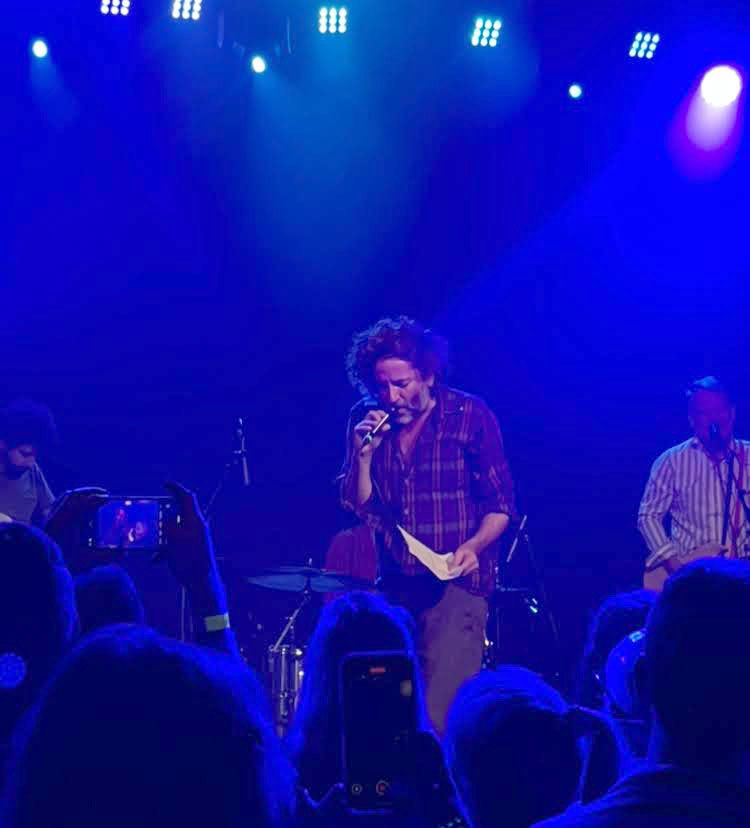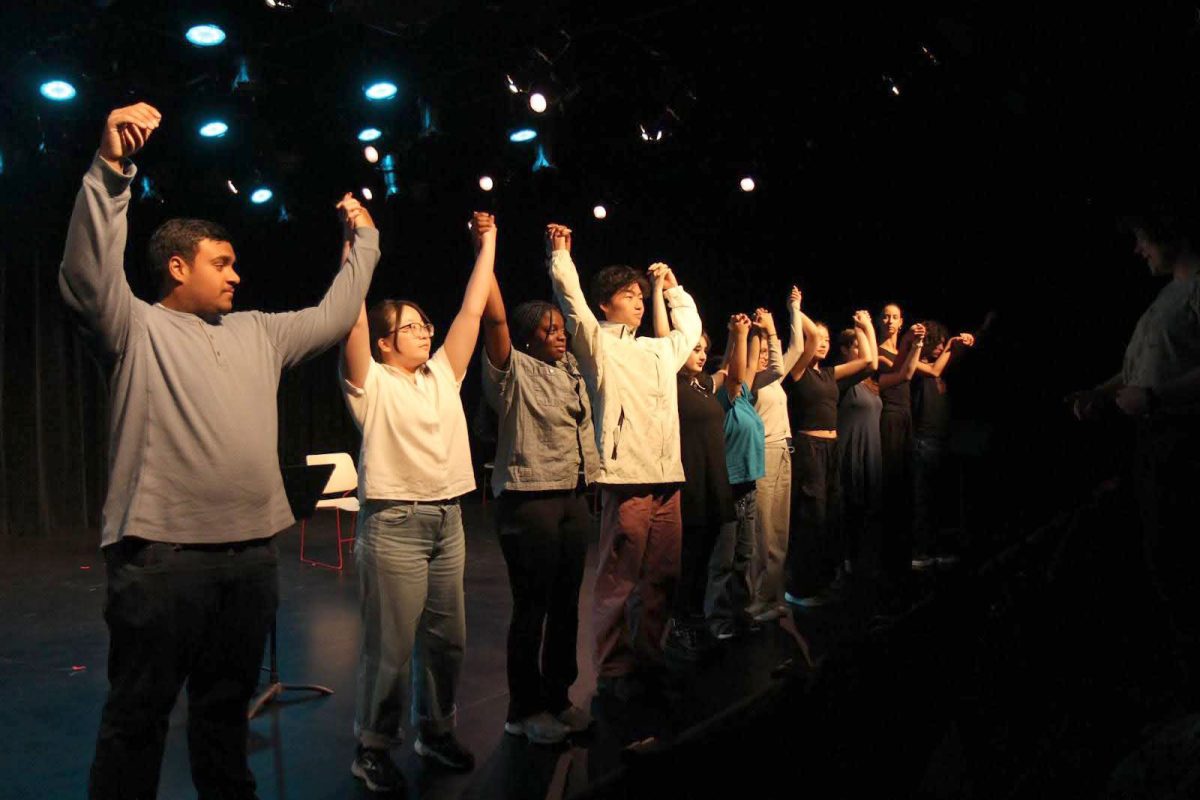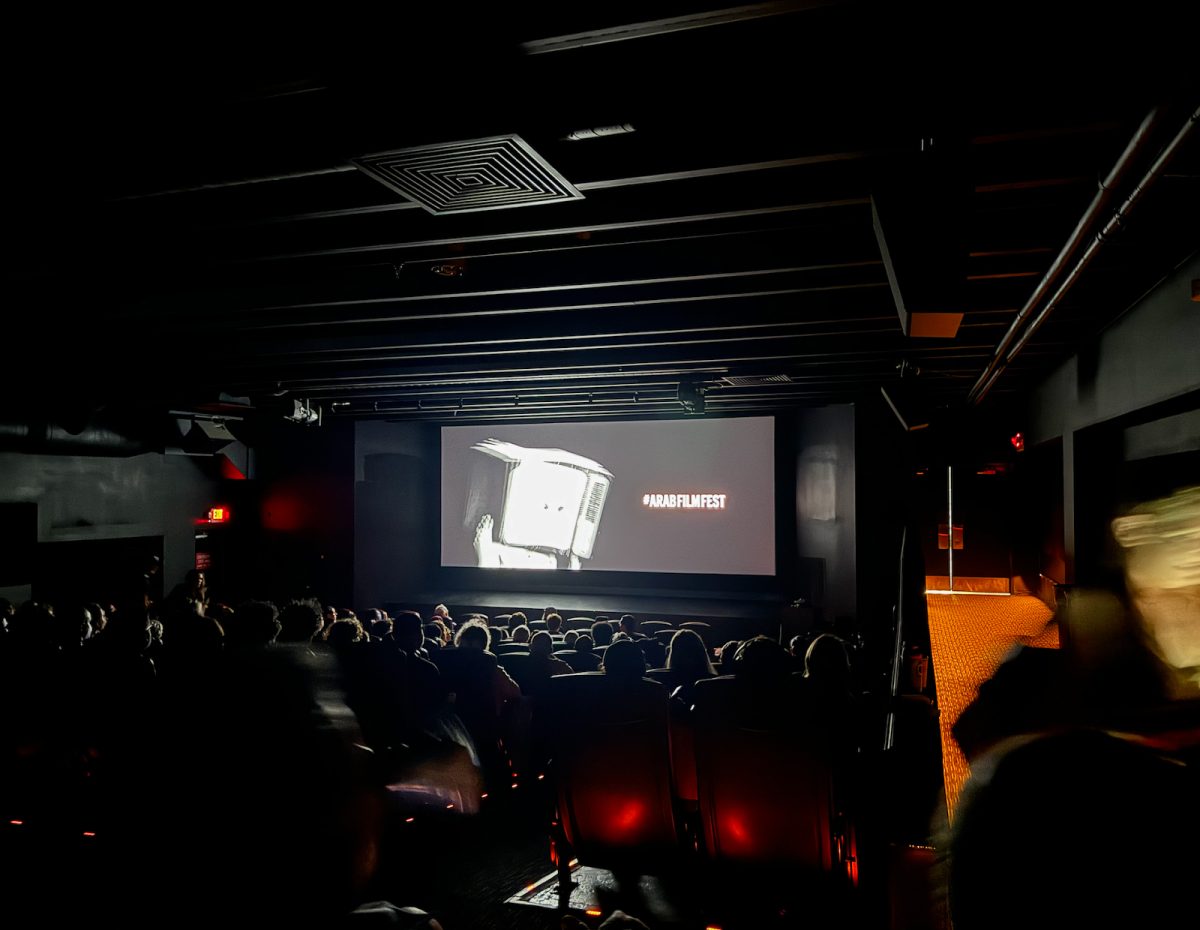
Every week, The Mac Weekly interviews one senior majoring in an artistic field at Macalester. This week, we spoke with Art History and Hispanic Studies major Michelle Lee.
Where are you from?
Boca-Raton, Florida
What are you studying at Mac?
I’m an Art History and a Hispanic Studies major.
Did you come to Mac knowing you wanted to study art history?
I knew I wanted to do art history. I took my first art history class at age 15, and it was the one thing I couldn’t stop talking about and thinking about. It really was my brother that inspired me to continue. He was in med school, and whenever he came home he reminded me to make sure to do something I really enjoy. He would say that when things can get bad, at least you can know you’re working towards something you really love.
Has Art History met expectations?
During my first few years here it was a little hard, being in the old building [was] like living in a cave. But my advisor/professor for all four years, Joanna Inglot, has been so supportive. Her lectures are always so sensational.
What is your focus in Art History?
I’m more interested in contemporary art, in looking at art history through a transnational lens. It’s about trying to remove ourselves from thinking about art history as something that is contained and archaic to something that is more conceptual. For me, that mostly means thinking about art history as an interdisciplinary subject (with ethnic studies, cultural studies, WGSS).
What is the focus of your senior capstone?
I’m looking at representation of queer Asian-American sexualities in visual culture. Primarily, the most fundamental part is looking through art works and media. I’m building my own personal archive. There is a huge gap between how artists and art historians treat Asian American identity. They ask ‘What does it mean to have an ethnic identity with an American identity?’ but they don’t address the queer identity. I want to sift and tease out sexuality and explore how that informs experience and visual expressions.
Have you done research in art history?
Yes, I’m a Mellon-Mays undergraduate fellow, which means I have a two-year research fellowship. I’ve been working with Joanna the past two years. She’s been really supportive; Asian-American studies is not in her field but she always encourages me to look further and to be more bold. It’s a great opportunity to dive into scholarship and also receive a nice stipend.
What is the Mellon-Mays Undergraduate Fellowship?
The Mellon Maya Undergraduate Fellowship is a fellowship that supports students to become professors/to reach the professoriate. The idea is to increase diversity at the professoriate level and it essentially offers a lifetime amount of support. It begins at the undergraduate level, and all students are invited to apply. It’s through the American Studies department and a committee gets together to pick five rising seniors to become Mellon fellows. Though it is only two years at the undergraduate level, Mellon continues to support their fellows once they enter a PhD program–this includes occasional conferences, dissertation workshops, networking opportunities, etc.
What do you see yourself doing after you graduate?
In the long run, the plan is to be [a] professor. Right after graduating, I’m hoping to take a year off to decompress. Mac is really rigorous and challenges you constantly but I want to take a year to think about where I want to go and apply to grad schools. Ideally, I’d like to work with an Asian American advocacy group.
How did you discover Asian-American studies?
This interest came when I became a Mellon-Mays fellow and took courses in the American Studies department. It really emphasized thinking about our lived experience. Mellon-Mays has been a fundamental part of my life in coming to terms with my identity. My identity informs my knowledge in ways I didn’t think about before.
Why do you think art history is important?
I think one thing people don’t realize is that visual culture and images are constantly informing us of something. Essentially they’re bombarding and assaulting us. Art history is a tool to understand how visual culture manipulates us but also understand how we can use it. Visual culture can be a tool for political activism that challenges the discourses that we live in. I think studying art history is just as important as studying medicine. It’s as significant in our lives and our health.
Do you think Macalester is encouraging of the arts and of art history?
It’s hard to say, Mac is encouraging at a surface level. There’s an impressive aesthetic with the new building. You hear every campus tour that Mac supports the arts but Art History is such a small department. There are only three seniors this year. It’s a good start, though, I think we’re slowly moving there.
How does the small size of the department affect your studies?
Art and Art History are conflated, so there are plenty of fantastic practicing artists that are professors. What’s difficult about art history is that we’re small but a lot of us didn’t even know each other until the third year. Part of that was that the art building was being constructed. Now we’re close because the capstone class is really small.
Do you have any final comments?
I encourage anyone that has ever thought about needing a fine arts credit to take a class with Joanna. I think people might be surprised that art history can take you to more places than just museums.







Stewart Paige • Sep 11, 2019 at 11:33 am
Hi there, it is understandable paragraph along with this YouTube video; I canít imagine that one can not understand this straightforward article having with video sample.
Samantha Metcalfe • Sep 7, 2019 at 12:40 am
Since the YouTube video tutorials are posted at this place same like I also embed YouTube video code at my own web site, because it is straightforward to get embedded code.